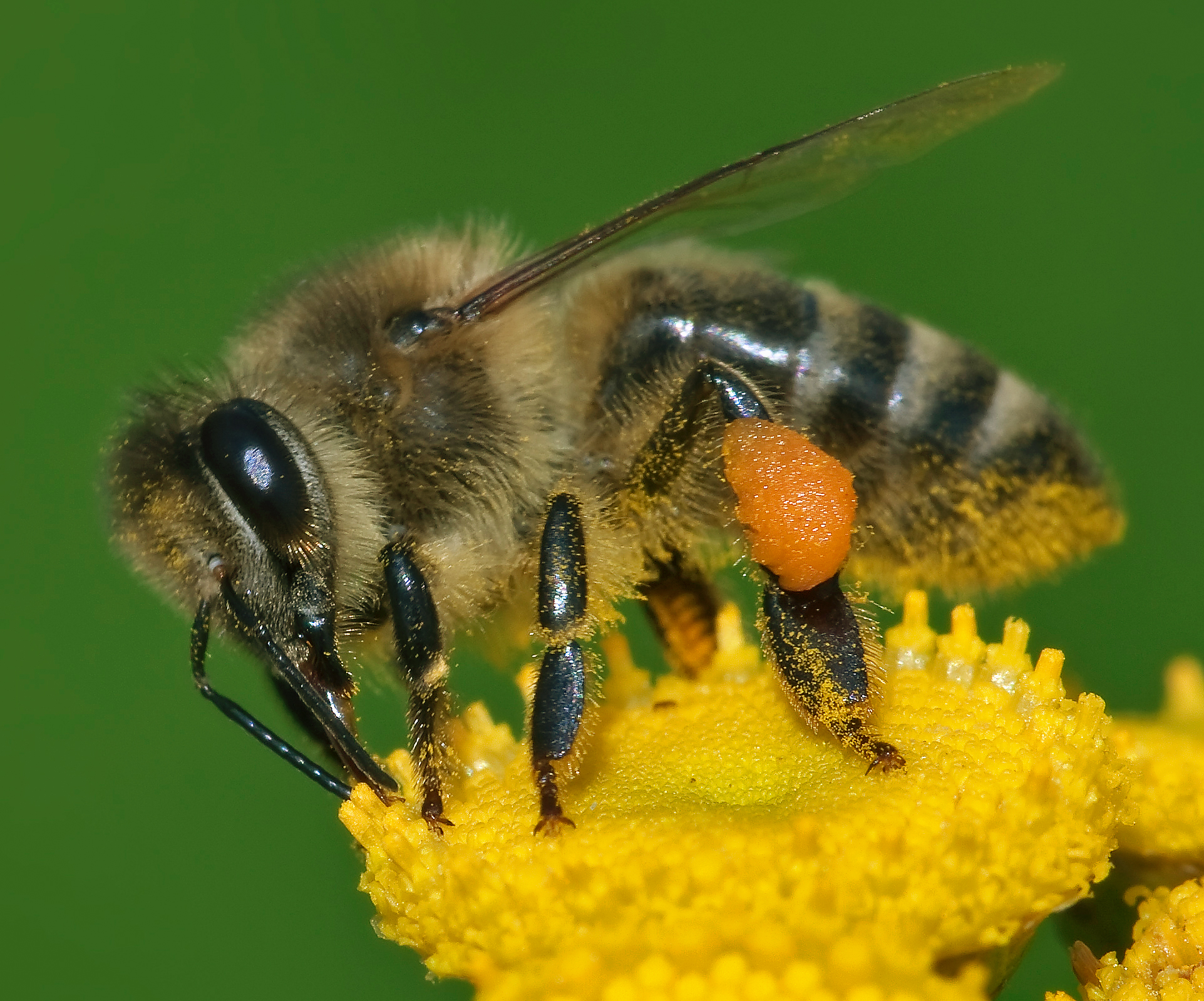
Are bee strings [correction: stings, not strings!] an effective treatment for arthritis? Many patients with arthritis have reported that their symptoms went away after they were stung by bees. There are testimonials galore from beekeepers whose arthritis resolved after they were stung and from patients who dramatically proclaim that bee venom injections cured their arthritis or even saved their life. But testimonials are notoriously unreliable and anecdotal evidence must be confirmed by controlled clinical studies. Should rheumatologists be encouraged to keep beehives on their roof as a convenient source of bees to apply to patients’ skin for sting therapy? What does the scientific evidence say?
The subject of apitherapy is confusing, since it can involve stings by live bees or injection of bee venom, even injections at acupoints (bee venom acupuncture or BVA). Since acupoints have never been shown to exist, and acupuncture is basically a theatrical placebo, I’m very skeptical of BVA.
There are some positive studies in animals, but animal research doesn’t necessarily translate to human benefits. For example, a study reported in The Journal of Ethnopharmacology found that bee venom can help prevent one type of arthritis in rabbits. Humans are not rabbits.
For what it’s worth, bee venom does have anti-inflammatory properties. So it is plausible that it might have an effect on inflammatory arthritis like rheumatoid arthritis (RA) but somewhat less plausible that it would work for osteoarthritis (the wear-and-tear type). There are many pharmaceutical treatments for arthritis that have anti-inflammatory effects that may be stronger than bee venom and are probably a better choice. We don’t know, because there have been no comparison studies. And there is one big cause for concern: for rheumatoid arthritis we have effective disease-modifying anti-rheumatic drugs (DMARDs) that can help prevent the development of deformities and loss of joint function, especially when started early in the course of the disease. If patients rely on bee stings, they might be missing out on the chance to really improve their outcomes with a well-established, evidence-based treatment.
There has been only one randomized clinical study of bee-sting therapy for rheumatoid arthritis. It found significant improvement, but I don’t trust its results because (1) it is a Chinese study, and only positive results get published in China; other studies may exist that were negative but were relegated to the file drawer and not published, (2) it applied bee stings to Ashi-points, which exist only in the minds of acupuncturists, and they inconsistently added other points for some patients, and (3) it was an A vs A+B study, which will almost always generate a positive result. Both the treatment and the control groups got the same oral anti-arthritis medicines (A), and bee stings were added for the treatment group (B). This type of study is beloved of alternative medicine researchers but is useless because it will always indicate better results for the A + B group. And patients knew when they got bee stings, which was bound to cause placebo responses and bias in their reporting.
A Korean study published in an acupuncture journal found bee venom injections more effective than normal saline injections for rheumatoid arthritis. It claimed to be double blind, but I find it hard to believe that patients couldn’t tell the difference.
What about side effects?
WebMD calls bee venom therapy “possibly ineffective for arthritis” – not supported by research results. It lists multiple side effects, including itching, anxiety, trouble breathing, chest tightness, heart palpitations, dizziness, nausea, vomiting, diarrhea, sleepiness, confusion, fainting, and low blood pressure. The page also says it may decrease the effectiveness of many immunosuppressive drugs.
1-5% of the population is allergic to bee venom; they can develop anaphylaxis and die. Several deaths from apitherapy have been reported. Previous tolerance to bee stings doesn’t guarantee safety. A Spanish woman had been getting live bee acupuncture for two years when she developed a severe reaction and died of multiple organ failure.
Gwyneth Paltrow recommends it, which is not a good sign. She says it’s pretty incredible, “but, man, it’s painful”. Gwyneth Paltrow is not a reliable source of health information; her recommendations are usually pretty incredible themselves (jade eggs in the vagina?). Some patients less stoic than Gwyneth have found bee venom injections too painful to continue therapy.
The evidence is far from impressive
Despite some positive studies, “BVT is still very low on the list of safe and effective treatments. The risks and discomfort associated with these therapeutic methods greatly outweigh the potential benefits”
A systematic review in The BMJ concluded:
There is low-quality evidence, based on one trial, that BVA can significantly reduce pain, morning stiffness, tender joint counts, swollen joint counts and improve the quality of life of patients with RA compared with placebo (normal saline injection) control. However, the number of trials, their quality and the total sample size were too low to draw firm conclusions.
A Korean review found “there is limited evidence demonstrating the efficacy of BVA in arthritis”.
Various dosages and protocols have been used, but they have not been tested so there is no way to know which to choose.
Conclusion: Getting stung by bees is not recommended
Despite the many testimonials, scientific studies have not provided any acceptable evidence that bee stings are effective in arthritis. They hurt. They cause side effects. They can kill. They cannot be recommended.
